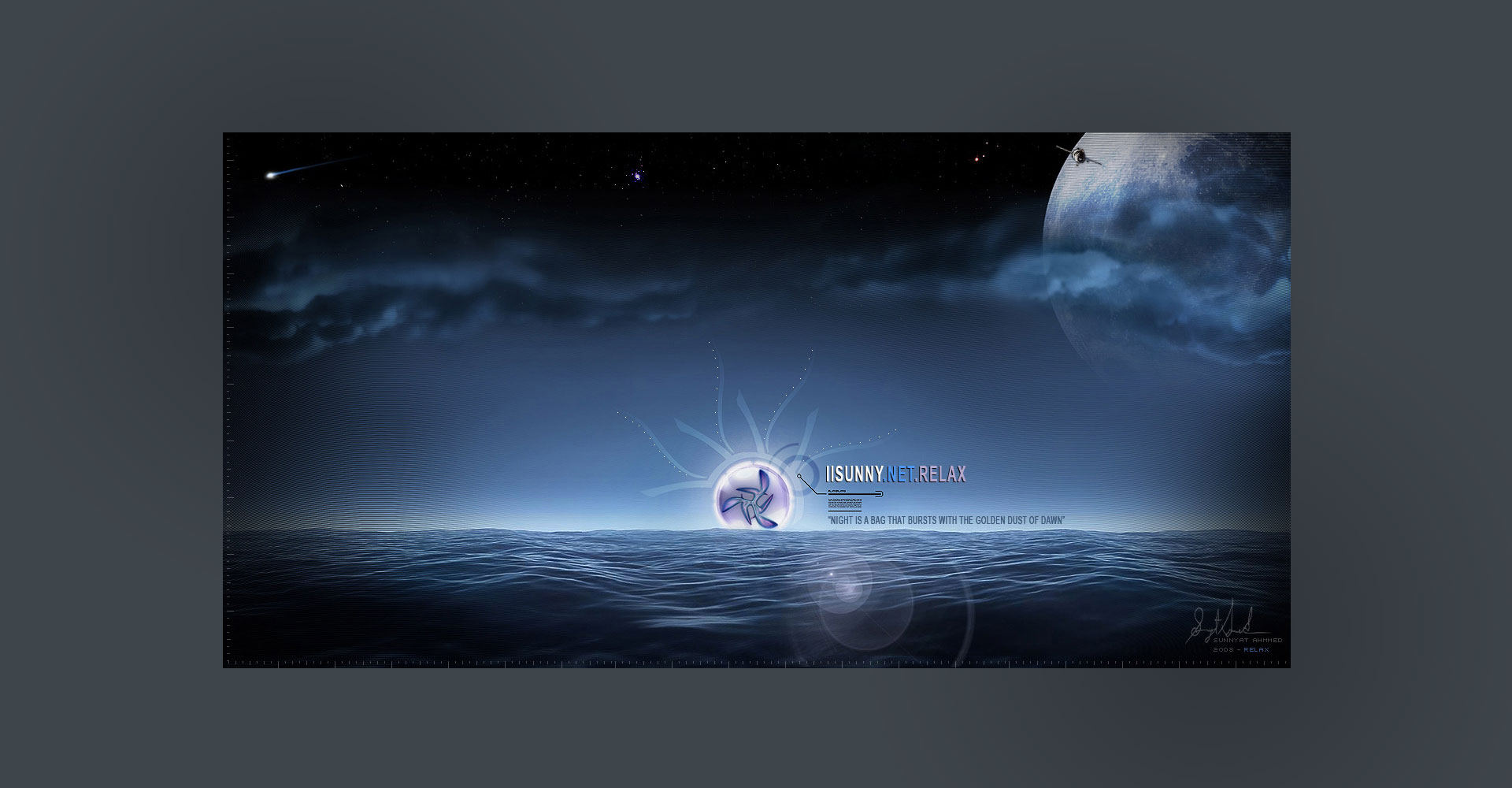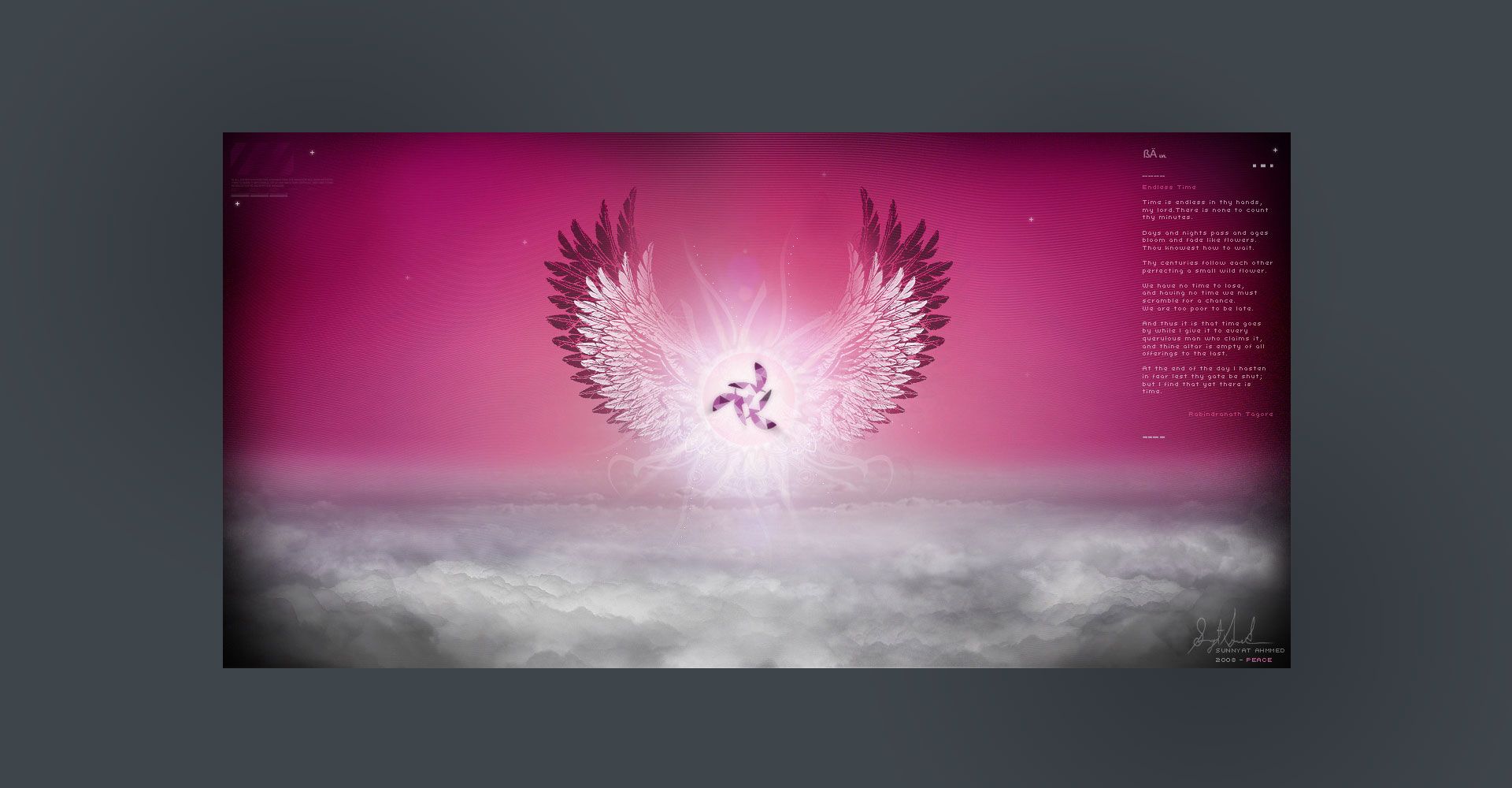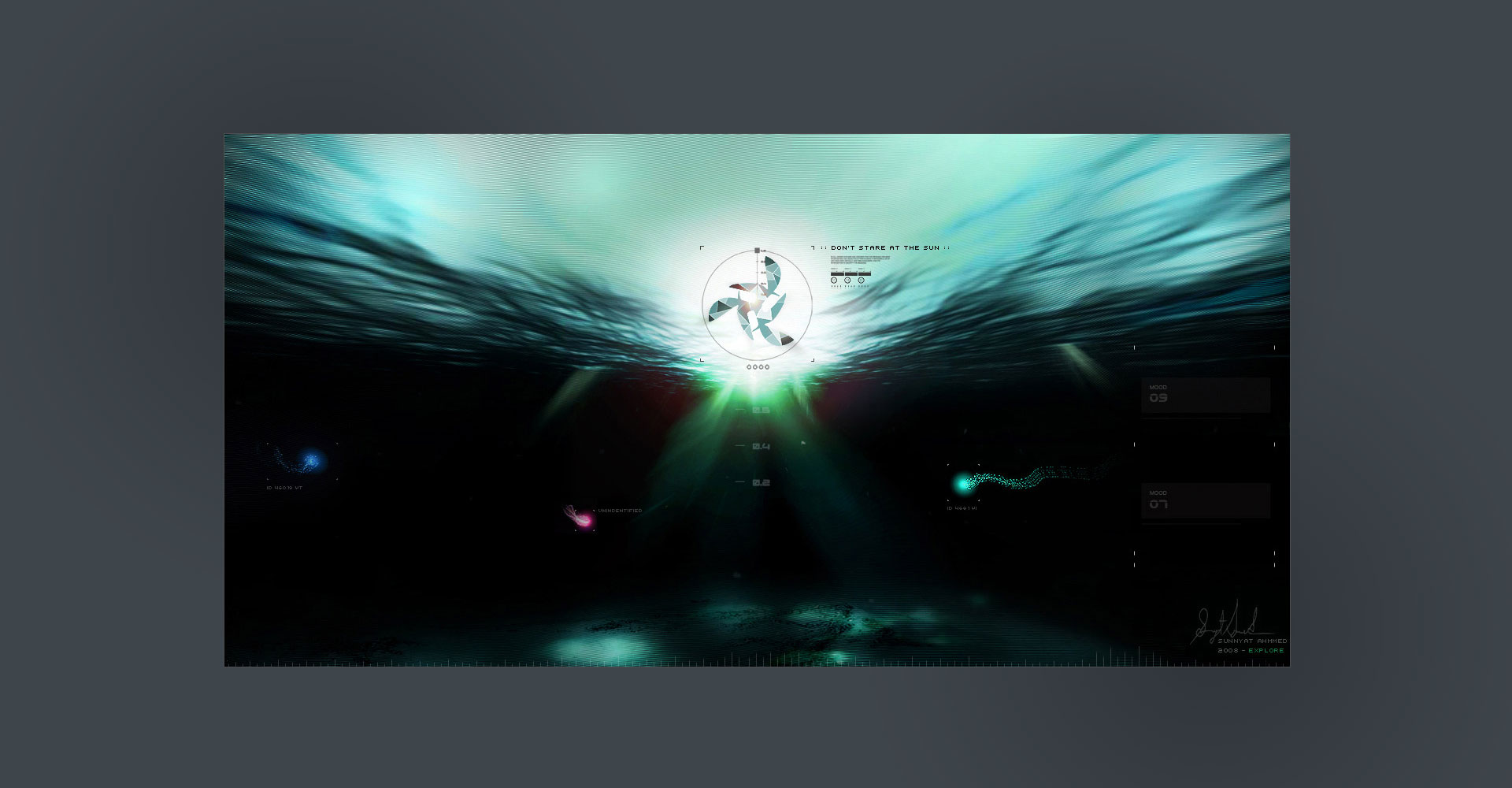The carousel is a slideshow for cycling through a series of content, built with CSS 3D transforms and a bit of JavaScript. It works with a series of images, text, or custom markup. It also includes support for previous/next controls and indicators.
Kitchen sink example
Carousels don't automatically normalize slide dimensions. As such, you may need to use additional utilities or custom styles to appropriately size content. While carousels support previous/next controls and indicators, they're not explicitly required. Add and customize as you see fit.
The
The
.active class needs to be added to one of the slides otherwise the carousel will not be visible. Also be sure to set a unique id on the .carousel for optional controls, especially if you're using multiple carousels on a single page. Control and indicator elements must have a data-target attribute (or href for links) that matches the id of the .carousel element.
Slides only
Notice presence of the
.d-block and .w-100 on carousel images Interval example
Indicators example
Crossfade example
Add captions
Add captions to your slides easily with the
.carousel-caption element within any .carousel-item. They can be easily hidden on smaller viewports, as shown below, with optional display utilities. We hide them initially with .d-none and bring them back on medium-sized devices with .d-md-block


